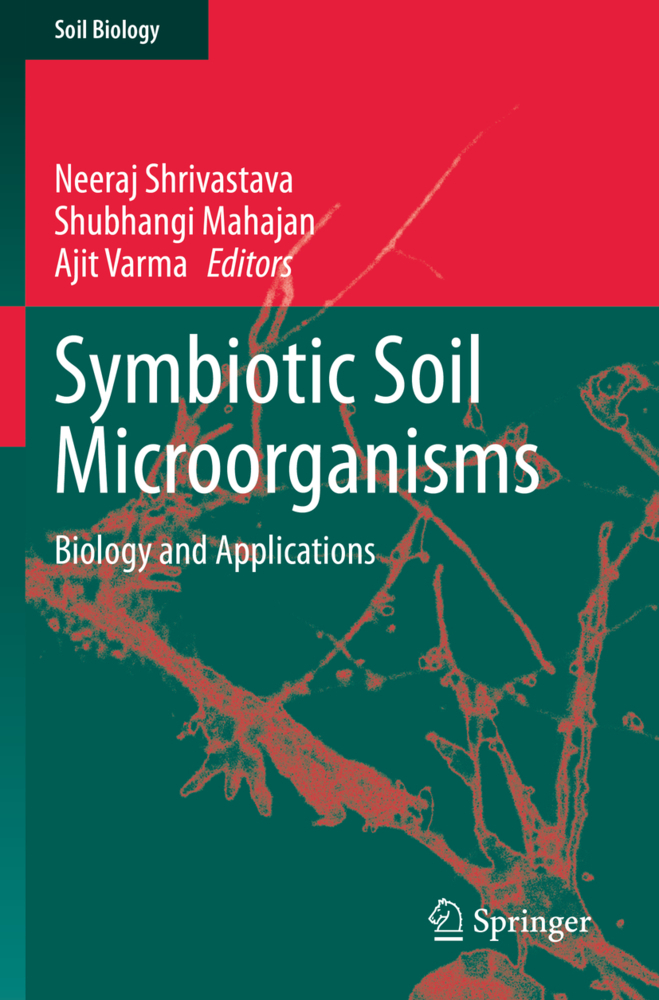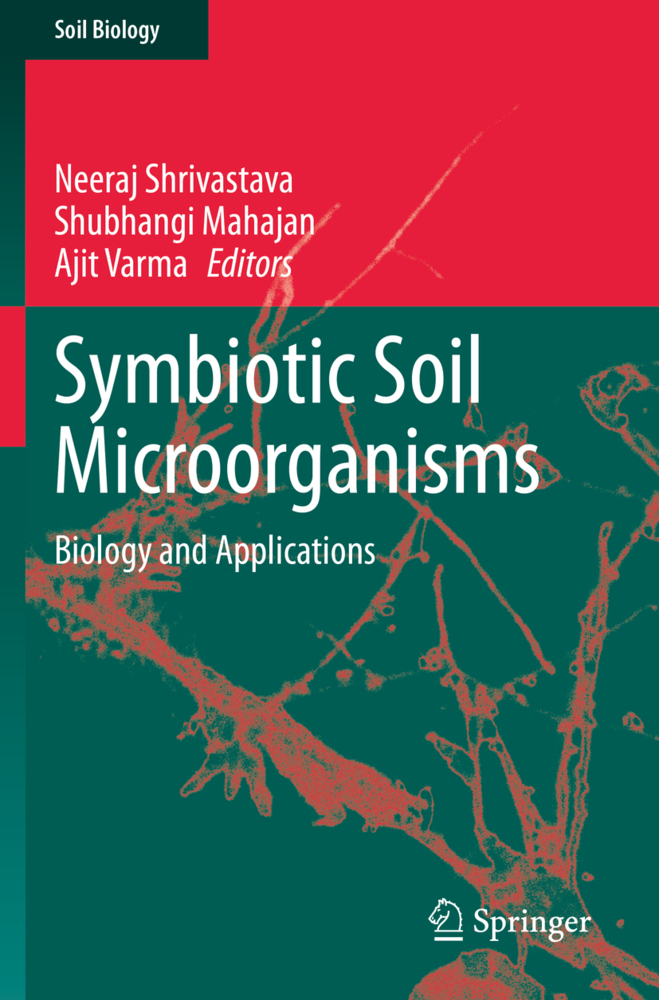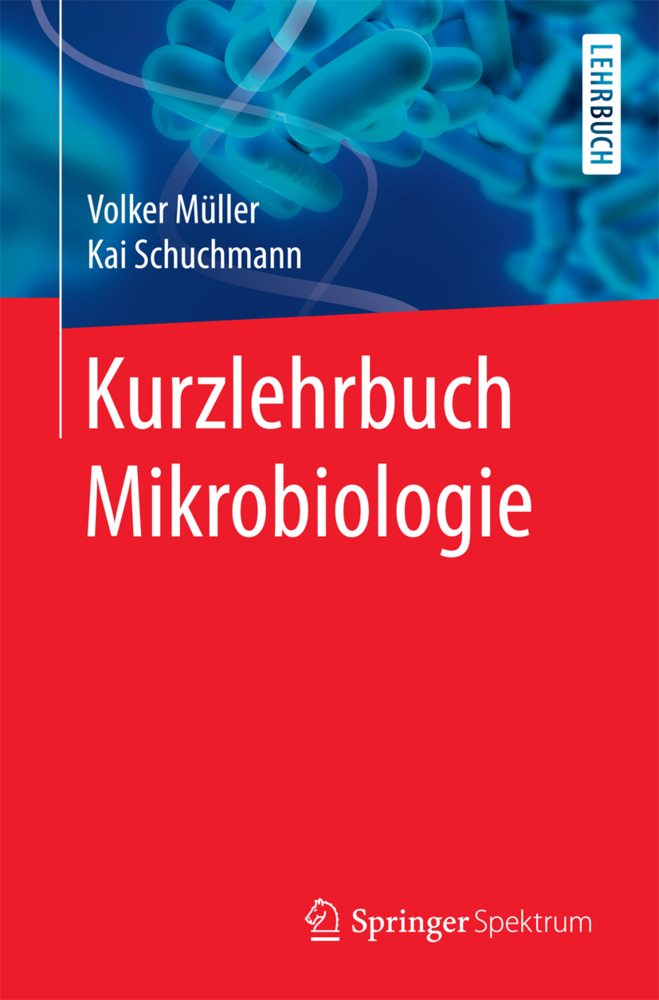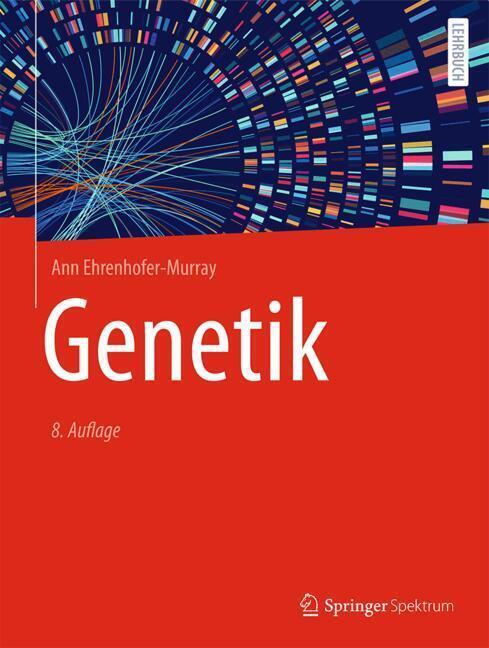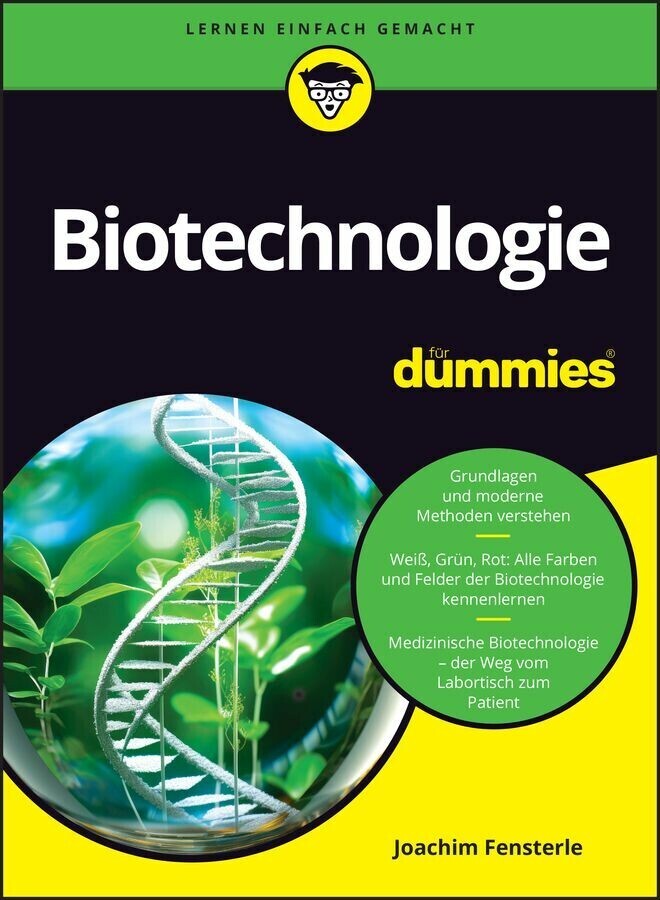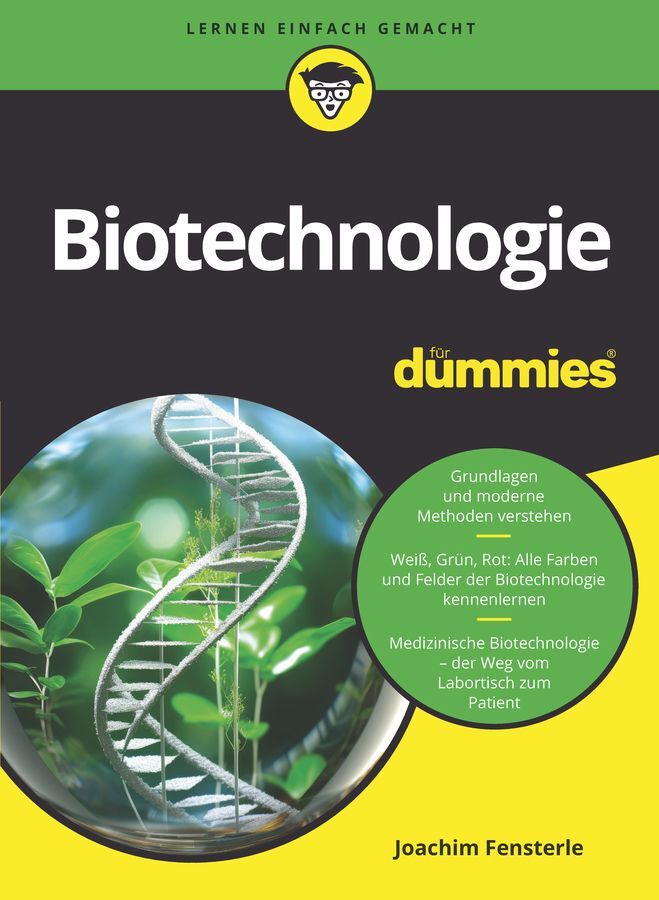Symbiotic Soil Microorganisms
Symbiotic Soil Microorganisms
This book explores microbial symbiosis, with a particular focus on soil microorganisms, highlighting their application in enhancing plant growth and yield. It addresses various types of bacterial and fungal microbes associated with symbiotic phenomena, including rhizobium symbiosis, arbuscular mycorrhizal symbiosis, ectomycorrhizal symbiosis, algal/lichen symbiosis, and Archeal symbiosis.
Presenting strategies for employing a diverse range of bacterial and fungal symbioses in nutrient fortification, adaptation of plants in contaminated soils, and mitigating pathogenesis, it investigates ways of integrating diverse approaches to increase crop production under the current conventional agroecosystem.
Providing insights into microbial symbioses and the challenges of adopting a plant-microbe synergistic approach towards plant health, this book is a valuable resource for researchers, graduate students and anyone in industry working on bio-fertilizers and their agricultural applications.
Part I. Fungal Symbiosis
Current Status-Enlightens in Its Biology and Omics Approach on Arbuscular Mycorrhizal Community
An Insight through Root-Endophytic-Mutualistic Association in Improving Crop Productivity and Sustainability
Interaction Between Root Endophytes and Plants: Their Bioactive Products and Significant Functions
Unravelling the Role of Endophytes in Micronutrient Uptake and Enhanced Crop Productivity
Dual and Tripartite Symbiosis of Invasive Woody Plants
Eco-friendly Association of Plants and Actinomycetes
The Arbuscular Mycorrhizal Symbiosis of Trees: Structure, Function, and Regulating Factors
Effectiveness of Arbuscular Mycorrhizas in Improving Carob Culture in the Mediterranean Regions
Leaf Endophytes and Their Bioactive Compounds
Role of Endophytic Fungus Piriformospora indica in Nutrient Acquisition and Plant Health
The Role of Symbiotic Fungi in Nutri-Farms
Part II. Bacterial Symbiosis
Understanding the Evolution of Plant Growth-Promoting Rhizobacteria
Rhizobia-Legume Symbiosis During Environmental Stress
Archaeal Symbiosis for Plant Health and Soil Fertility
Microbial Symbionts of Aquatic Plants
Rhizobium Presence and Functions in Microbiomes of Non-leguminous Plants
Part III. Insect-Fungus Mutualism
Symbiotic Harmony Between Insects and Fungi: A Mutualistic Approach
Panorama of Metarhizium: Host Interaction and Its Uses in Biocontrol and Plant Growth Promotion
Arbuscular Mycorrhizal Fungi: Potential Plant Protective Agent Against Herbivorous Insect and Its Importance in Sustainable Agriculture
Eradication of Malaria by the Mutualistic Interaction Between Wickerhamomyces anomalus and Anopheles sp
Part IV. Microbial Symbiosis in Disease and Stress Management
Halophyte-Endophyte Interactions: Linking Microbiome Community Distribution and Functionality to Salinity
Root Endophytic Microbes and Their Potential Applications in Crop Disease Management
Do Mycorrhizal Fungi Enable Plants to Cope with Abiotic Stresses by Overcoming the Detrimental Effects of Salinity and Improving Drought Tolerance?
Combined Use of Beneficial Bacteria and Arbuscular Mycorrhizal Fungi for the Biocontrol of Plant Cryptogamic Diseases: Evidence, Methodology, and Limits
Remediation of Toxic Metal-Contaminated Soil and Its Revitalisation with Arbuscular Mycorrhizal Fungi.
Shrivastava, Neeraj
Mahajan, Shubhangi
Varma, Ajit
| ISBN | 978-3-030-51918-6 |
|---|---|
| Artikelnummer | 9783030519186 |
| Medientyp | Buch |
| Auflage | 1st ed. 2021 |
| Copyrightjahr | 2021 |
| Verlag | Springer, Berlin |
| Umfang | VII, 489 Seiten |
| Abbildungen | VII, 489 p. 49 illus., 39 illus. in color. |
| Sprache | Englisch |

